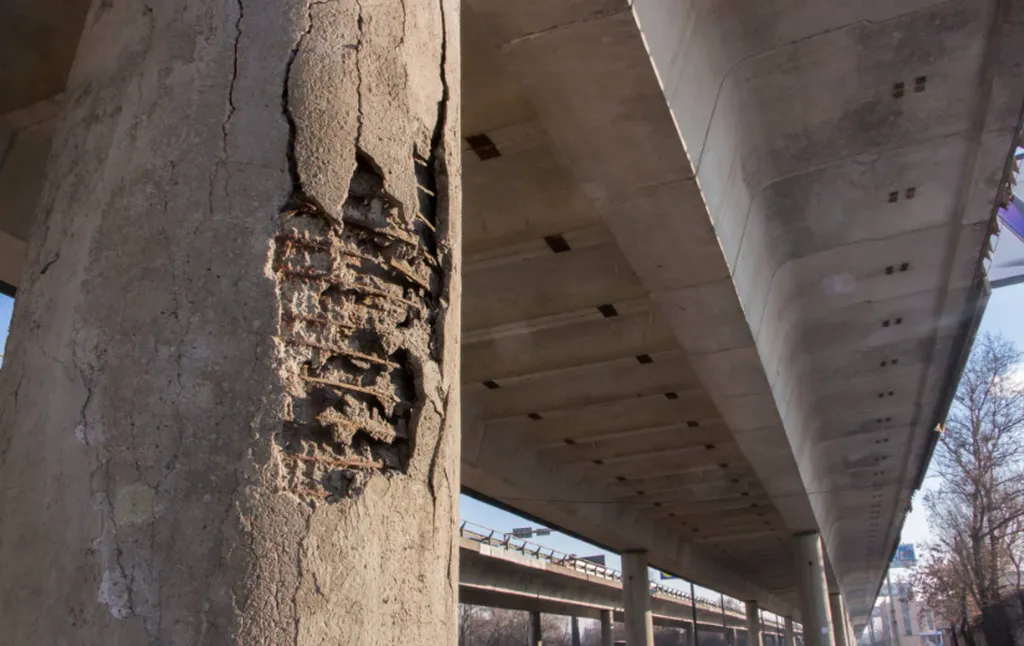In the heart of China’s Henan province, researchers at the Yellow River Institute of Water Resources Conservation (Yellow River Conservancy Technical Institute) are making waves in the field of structural engineering. Led by Lingling Li, a team of innovators has developed a novel method for identifying damage in bridge structures, promising to revolutionize how we maintain and monitor critical infrastructure.
The traditional methods of bridge inspection are often labor-intensive, intermittent, and sometimes, quite frankly, hit-or-miss. “We need a more continuous, accurate, and efficient way to monitor bridge conditions,” says Li, the lead author of the study published in the *Electronic Journal of Structural Engineering* (translated from Chinese as *电子结构工程学报*). The team’s solution? A sophisticated blend of vehicle-bridge interaction analysis and backpropagation neural networks (BPNN), a type of artificial intelligence algorithm.
Here’s how it works: As vehicles traverse a bridge, the interaction between the vehicle and the bridge generates unique vibrational responses. By analyzing these responses using BPNN, the team can pinpoint structural damage and even assess its severity. “Our method doesn’t just tell you there’s a problem; it tells you where the problem is and how bad it is,” Li explains.
The implications for the energy sector are substantial. Bridges are critical for transporting energy resources and connecting energy infrastructure. Ensuring their integrity is paramount. With this new method, energy companies can monitor bridges more effectively, preventing catastrophic failures, reducing maintenance costs, and minimizing downtime.
The team’s research demonstrated impressive accuracy. In ideal conditions, their method could locate damaged structures with an average accuracy of 90%. Even with varying noise levels, the accuracy remained above 85%. When it came to assessing the severity of damage, the method hit a maximum accuracy of 98.54%, outperforming other machine learning techniques like deep belief networks and support vector machines.
So, what does this mean for the future? Li envisions a world where bridges are continuously monitored, with data streaming in real-time. “This could be a game-changer for infrastructure management,” she says. It’s not just about bridges, either. The principles could be applied to other structures, from pipelines to power lines.
As we look ahead, the fusion of artificial intelligence and structural engineering seems poised to reshape the landscape of infrastructure maintenance. With researchers like Li and her team at the forefront, we can expect smarter, safer, and more efficient infrastructure in the years to come. The study, published in the *Electronic Journal of Structural Engineering*, is a testament to the power of innovation in solving real-world problems.

